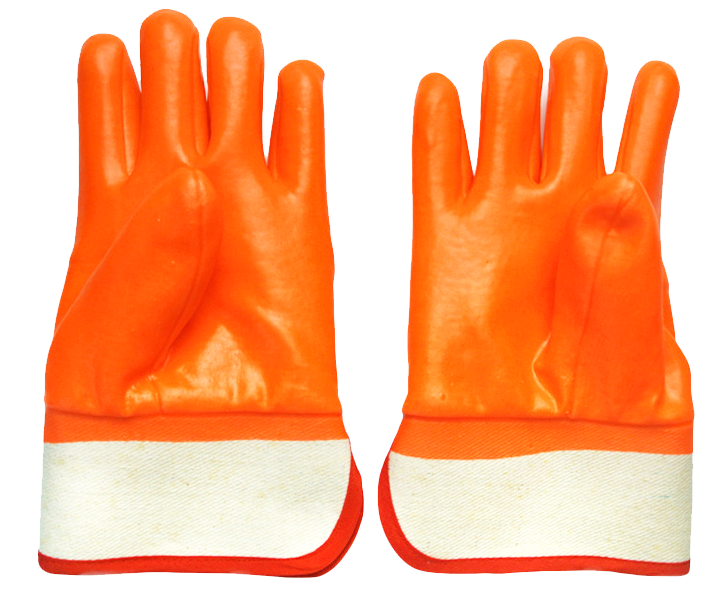Identify the Quality of Dipped Protective Gloves
Dipped protective gloves, also known as coated gloves, are a common type of personal protective equipment used in various industries. The quality of these gloves is crucial to ensure the safety and protection of workers. In this article, we will discuss how to identify the quality of dipped protective gloves, including material, construction, certification, and testing.
Material
The quality of dipped protective gloves largely depends on the type of material used. The most common materials include natural latex, nitrile, PVC, and polyurethane. Natural latex gloves are known for their flexibility and sensitivity, making them suitable for tasks requiring fine motor skills. Nitrile gloves offer excellent resistance to chemicals, punctures, and tears. PVC gloves provide waterproof protection and offer excellent resistance to abrasion and chemical corrosion. Polyurethane gloves offer excellent grip and flexibility, making them suitable for handling small parts.

Construction
The quality of dipped protective gloves also depends on their construction. A high-quality glove should have a seamless design with a smooth surface, free from any defects or imperfections. The glove should fit snugly but not be too tight, allowing for comfortable movement and flexibility. The thickness of the glove also plays a role in determining its quality, with thicker gloves generally providing better protection.
Certification
Certification is another important factor to consider when assessing the quality of dipped protective gloves. Gloves that meet relevant standards, such as EN388 or ASTM, have undergone rigorous testing and meet specific requirements for puncture resistance, cut resistance, tear resistance, and abrasion resistance. Look for gloves that carry these certifications to ensure that they meet the required safety standards.
Testing
Finally, testing is an essential step in determining the quality of dipped protective gloves. Testing can be done in-house or by a third-party laboratory, and it should assess the gloves' performance against specific hazards. For example, gloves can be tested for their resistance to chemicals or their cut resistance. Testing can help identify any weaknesses or defects in the gloves, allowing for improvements to be made to the manufacturing process.
In conclusion, identifying the quality of dipped protective gloves involves considering several factors, including the material, construction, certification, and testing. Choosing high-quality gloves can help ensure the safety and protection of workers in various industries.


